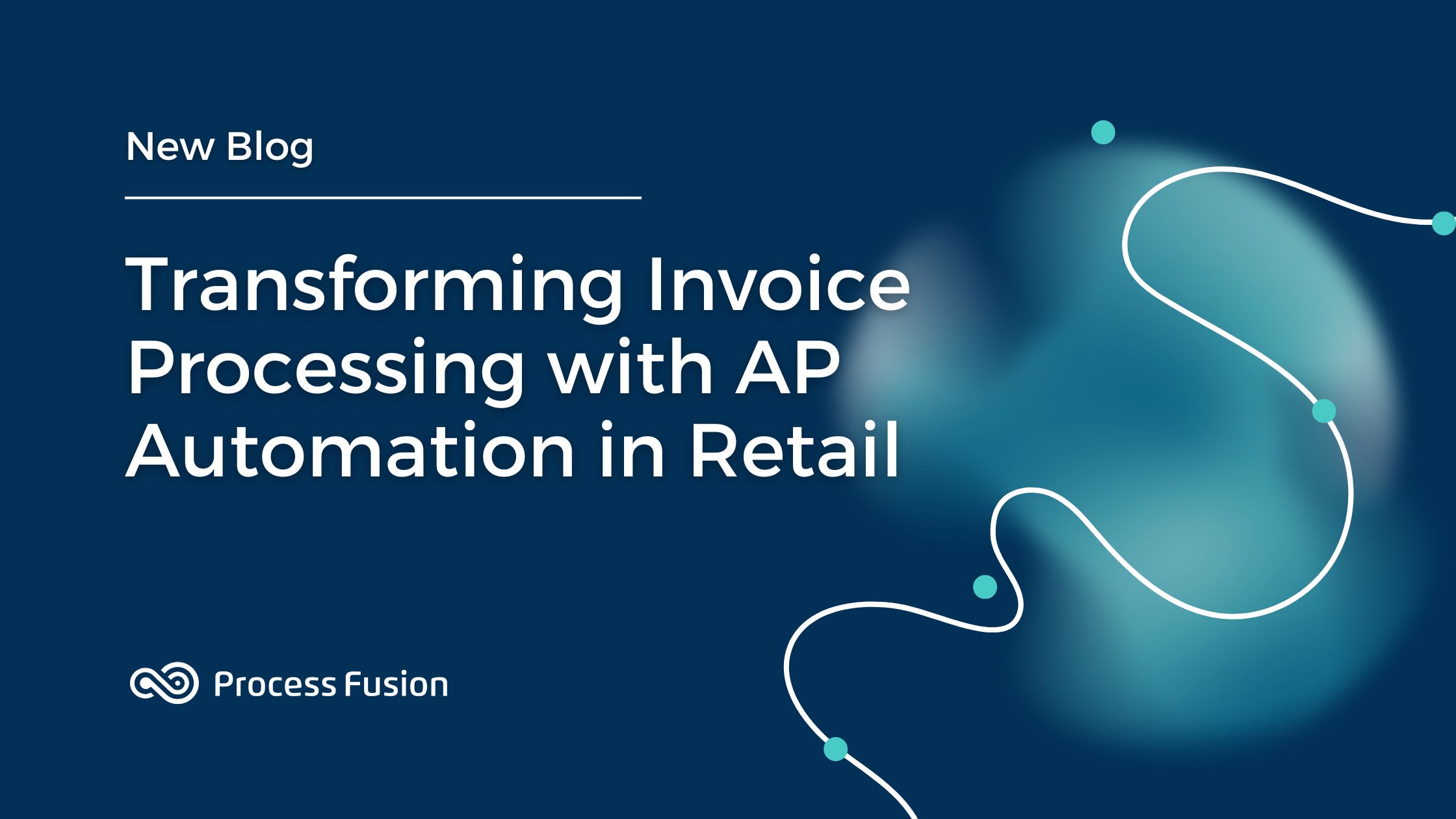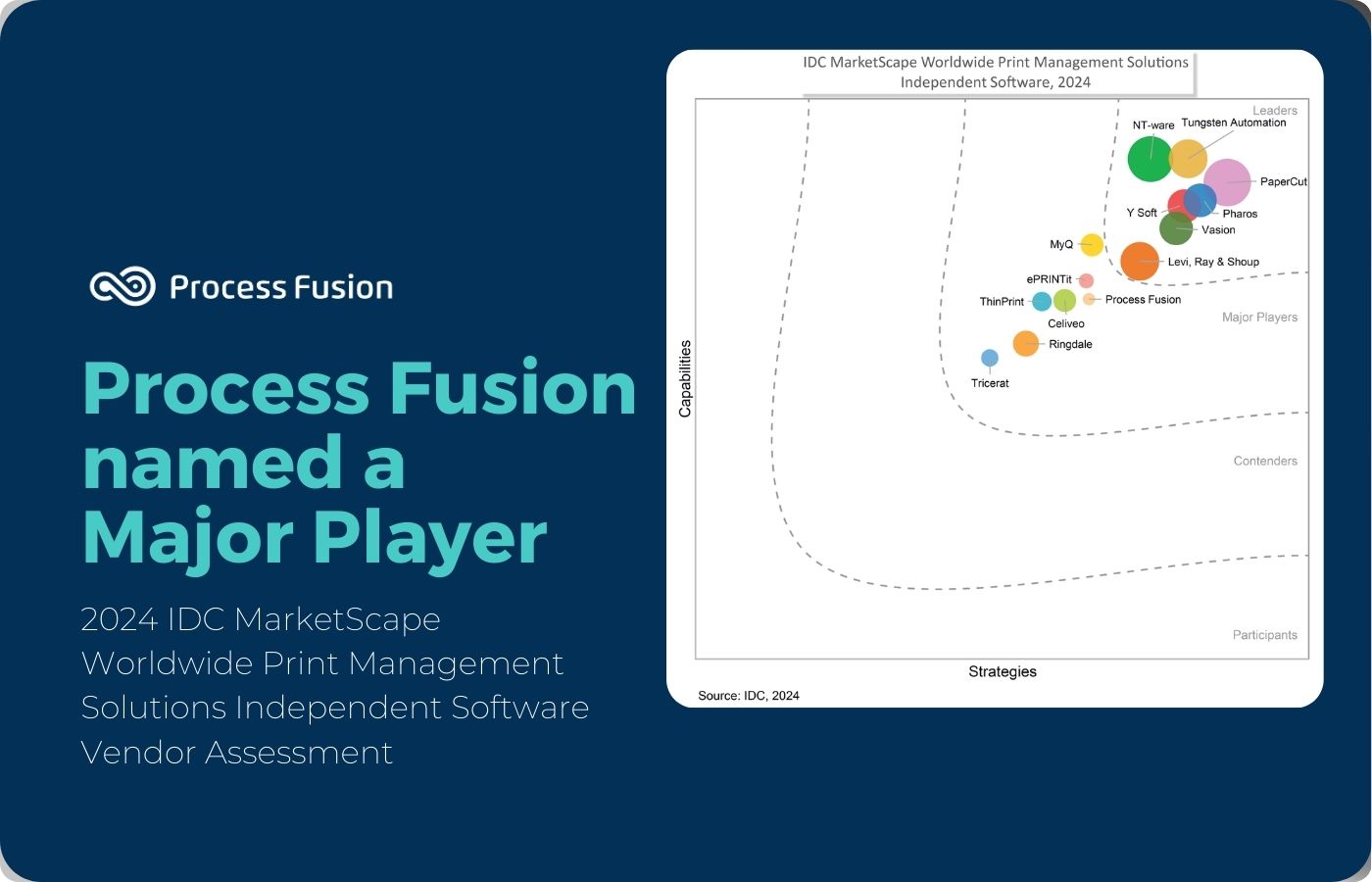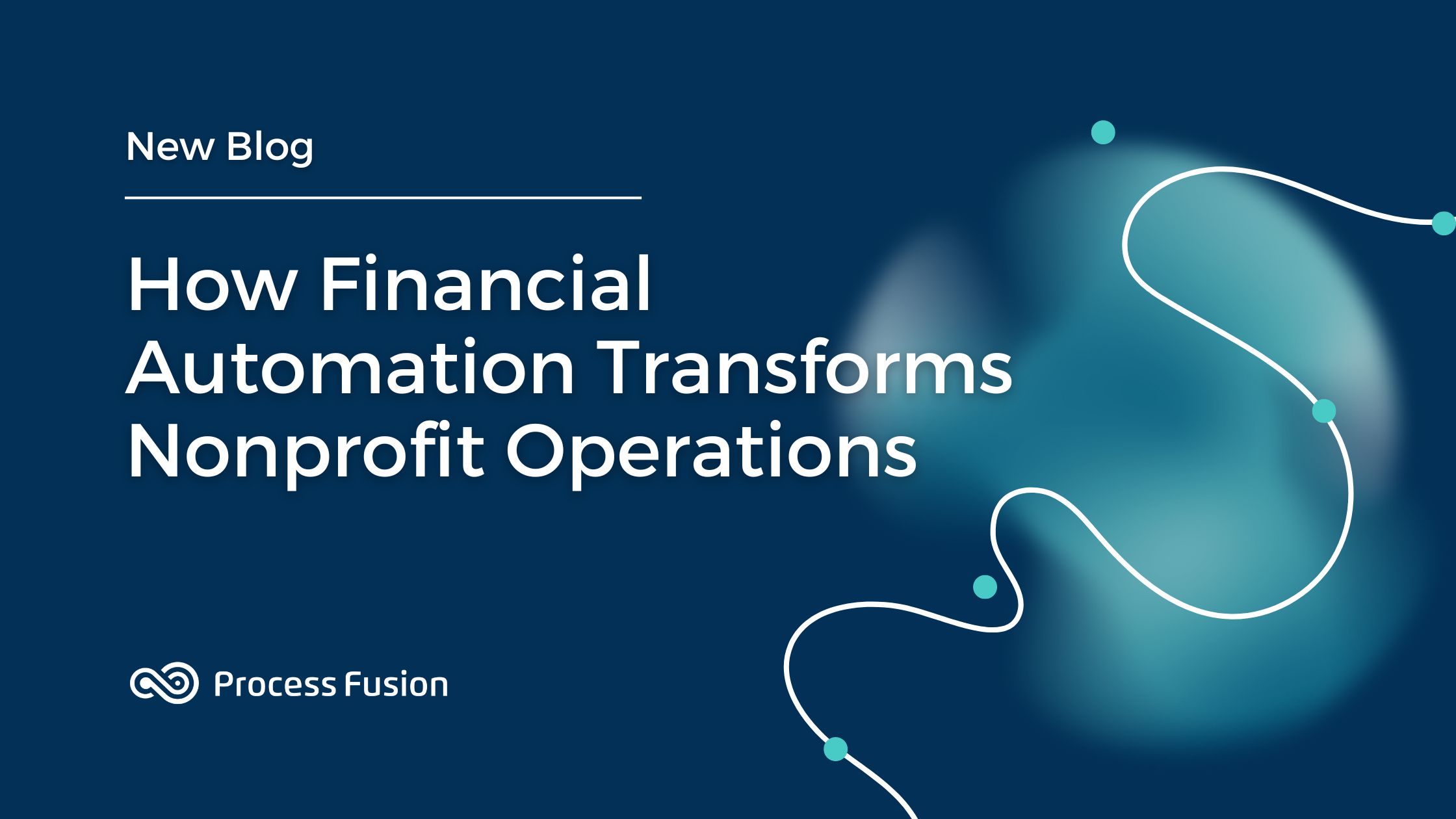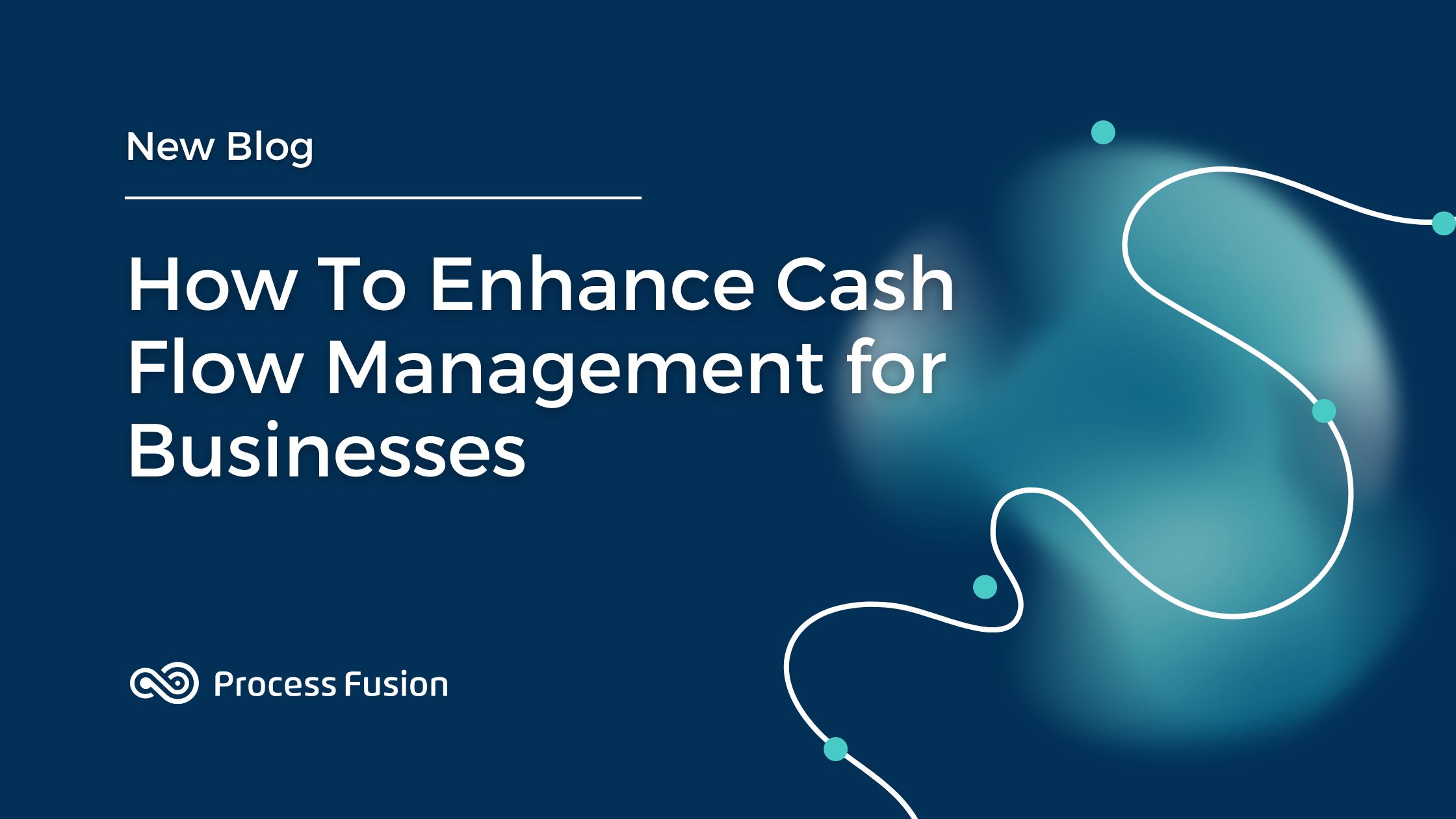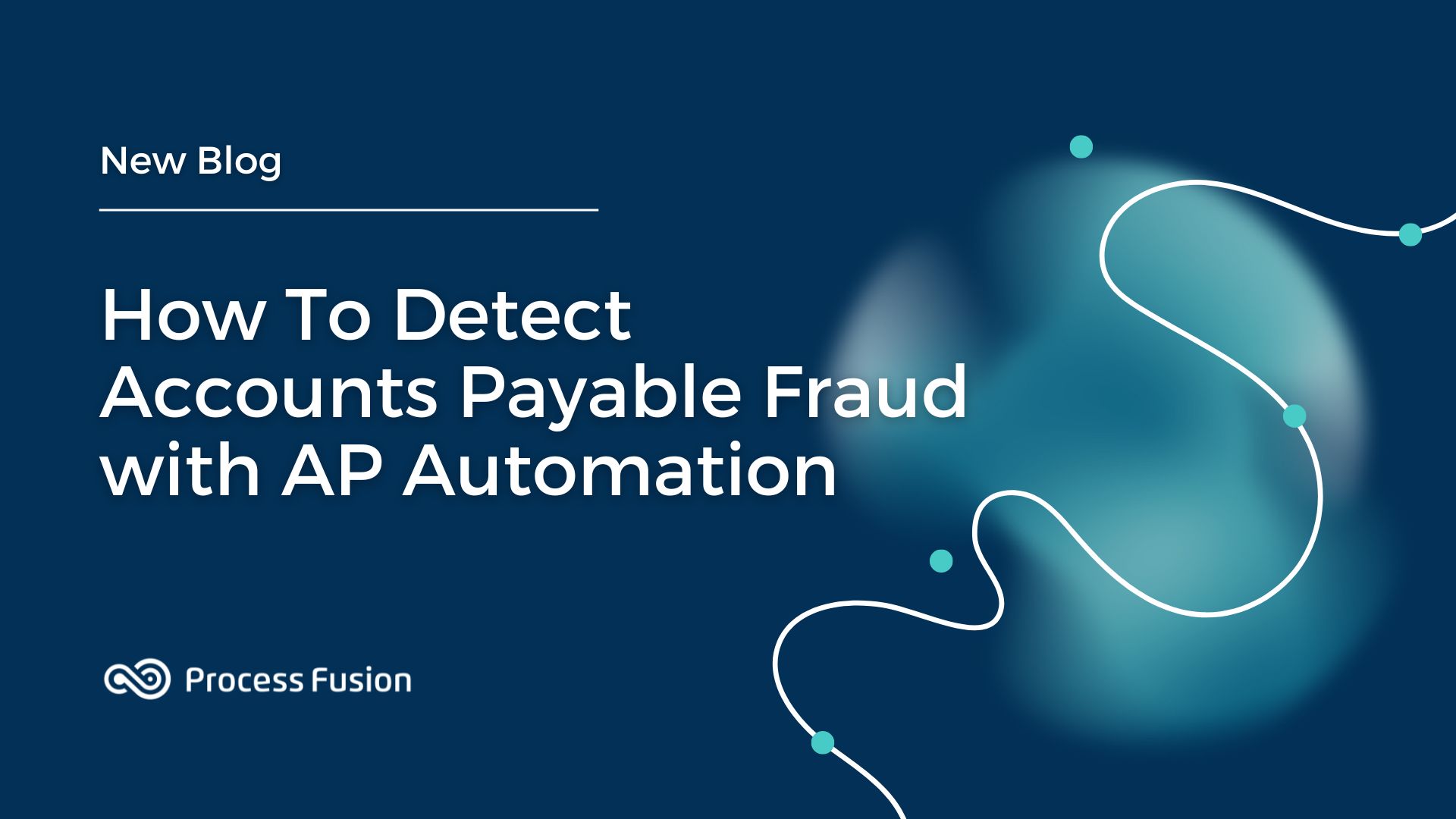
Fraud in accounts payable (AP) is a significant issue, with businesses losing an estimated 5% of their annual revenue to fraud, according to the Association of Certified Fraud Examiners (ACFE). Fraud detection and prevention in AP departments is challenging due to the high volume of transactions and the complexity of verification processes. However, today’s advanced AP automation technology can help your company safeguard against fraud.
Accounts payable fraud can take many forms, each posing significant risks to businesses.
Invoice fraud
It involves submitting fake invoices for payment, leading to unauthorized disbursements.
Vendor impersonation
It occurs when fraudsters pose as legitimate vendors, diverting funds to fraudulent accounts.
Duplicate payments
Payments that involve paying the same invoice more than once, resulting in financial waste.
Unauthorized transactions
Payments made without proper authorization bypassing internal controls.
The impact of AP fraud on businesses is severe, leading to substantial financial losses, damage to reputation, and potential legal consequences. Effective fraud detection and prevention measures are essential to safeguard company assets and maintain trust.
Traditional AP Processes and Their Vulnerabilities
Manual Processing Pitfalls
Manual AP processes are fraught with vulnerabilities:
Human errors: Manual entry can lead to miskeying data, resulting in inaccurate records. Overlooking discrepancies during data entry can further compound these errors, making fraud harder to detect.
Lack of oversight: Insufficient checks and balances in manual processes mean that fraudulent activities can go unnoticed. Without proper oversight, there is a higher risk of unauthorized transactions slipping through.
Time-consuming verification processes: Verifying each transaction manually is a slow process, delaying the detection of fraudulent activities. Real-time monitoring allows for immediate detection of irregularities, enabling swift responses to potential fraud and reducing fraudsters’ time to exploit vulnerabilities.
Inefficient Systems
Traditional systems often rely on:
Paper-based workflows: Paper documents are prone to loss, damage, and tampering, which can obscure fraudulent activities. Managing physical documents is also cumbersome and inefficient, slowing down the AP process.
Disconnected software tools: Using multiple, non-integrated software tools makes it difficult to cross-reference and verify information. This lack of integration creates gaps in data, making it easier for fraud to occur without detection.
These vulnerabilities make it easier for fraud to occur and harder to detect. Without modern automation solutions, businesses remain at high risk of financial losses due to AP fraud.
The Role of AP Automation in Fraud Detection
Benefits of Automation
AP automation offers several benefits that enhance fraud detection:
Streamlined processes: Automating repetitive tasks reduces the likelihood of human errors, which are common in manual data entry. Automation ensures that each step in the AP process is performed consistently, reducing the risk of discrepancies and making it easier to maintain accurate records.
Real-time monitoring: Continuous oversight of transactions is a significant advantage of AP automation. Real-time monitoring allows for immediate detection of irregularities, enabling swift responses to potential fraud and reducing the time fraudsters have to exploit vulnerabilities.
Data consistency and accuracy: Automation ensures that all data is standardized and correct, eliminating variations that can occur with manual processes. Consistent data is crucial for accurate reporting and analysis, making it easier to spot anomalies that may indicate fraudulent activities.
Technological Features
Key technologies in AP automation include:
AI and machine learning: These technologies analyze patterns in transaction data to identify anomalies that could signify fraud. By continuously improving their detection capabilities, AI and machine learning provide a robust defense against evolving fraudulent tactics.
Optical character recognition (OCR): OCR technology digitizes paper documents, ensuring better accuracy in data capture. This reduces the risk of errors associated with manual data entry and makes it easier to store and retrieve accurate records.
Automated workflows: Automation ensures that each transaction follows a verified process, reducing the opportunity for unauthorized actions. By enforcing compliance with established protocols, automated workflows help maintain integrity and security in the AP process.
These features help detect fraudulent activities quickly and accurately, providing businesses with the tools they need to safeguard their financial operations. By leveraging automation, companies can significantly reduce the risk of AP fraud and enhance overall efficiency.
How AP Automation Helps Prevent Fraud
Process Fusion AP Automation is an advanced solution designed to enhance fraud detection and prevention. It integrates cutting-edge technologies to streamline the AP process and fortify defenses against fraudulent activities. By automating critical tasks and incorporating sophisticated verification mechanisms, AP Automation helps businesses maintain accuracy and security in their financial operations.
Advanced Data Capture and Verification
AI-powered data extraction and validation: Leveraging AI, PF360 Capture accurately extracts and verifies data, reducing errors that can lead to fraud. This process ensures that all captured information is correct, providing a solid foundation for fraud prevention.
Cross-referencing with vendor databases: By confirming the legitimacy of vendors through cross-referencing, AP Automation prevents fraudulent vendors from entering the AP system. This verification step is crucial for maintaining the integrity of vendor transactions.
Real-Time Fraud Detection
Pattern recognition and anomaly detection: Process Fusion AP Automation uses advanced algorithms to identify unusual transaction patterns that may indicate fraud. This real-time detection capability allows businesses to address potential issues immediately, minimizing the impact of fraudulent activities.
Alerts and notifications for suspicious activities: The system generates immediate alerts for any detected anomalies, ensuring that potential fraud is brought to attention promptly. These alerts enable swift action to investigate and resolve suspicious activities.
Audit Trails and Compliance
Comprehensive logging of all transactions: Process Fusion AP Automation maintains detailed records of all AP transactions, creating a comprehensive audit trail. These records are essential for auditing purposes and provide transparency into the AP process.
Ensuring compliance with regulatory requirements: By automating compliance checks, Process Fusion AP Automation helps businesses meet legal standards and avoid penalties. Ensuring regulatory compliance is vital for maintaining trust and avoiding legal repercussions.
Process Fusion AP Automation’s comprehensive approach makes it a powerful tool in combating AP fraud. Its advanced features not only enhance accuracy and efficiency but also provide robust defenses against fraudulent activities, safeguarding businesses from potential financial losses.
Conclusion
Fraud detection in accounts payable is crucial for protecting a company’s finances and reputation. Process Fusion AP Automation offers an effective solution with advanced data capture, real-time monitoring, and comprehensive audit trails. To explore how AP Automation can enhance your AP processes and protect your business from fraud, visit our website or contact us for a free demo.


